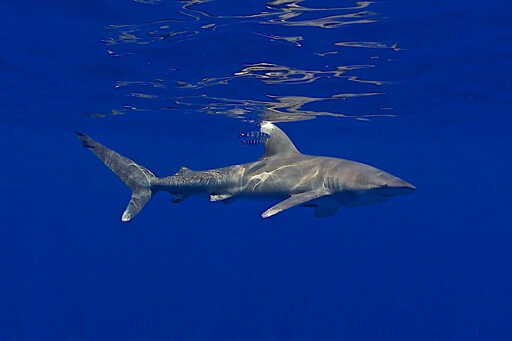Sharks are some of the most threatened animals on Earth, with approximately one-third of all species assessed as threatened with extinction on the IUCN Red List. These animals are not only older than dinosaurs, but older than trees, and yet they face a very real risk of extinction within our lifetimes. Their number one threat is unsustainable overfishing, driven by demand fed through complex international trade networks. That’s why ocean conservationists have focused so much attention on a powerful global wildlife trade treaty called CITES, the Convention on International Trade in Endangered Species. During the last few CITES Conferences of the Parties (COPs), many of the shark species that most commonly show up in the global shark fin trade have been added to Appendix II, which allows international trade as long as it is limited, monitored carefully, and demonstrated to be sustainable. That approach has led to some huge successes, according to a paper published earlier this year. Nearly half of all CITES signatory nations made substantive reforms to their fisheries management regulations, and about a quarter improved their monitoring and enforcement of existing rules. A mako shark in the Pacific Ocean. Image by Ron Watkins / Ocean Image Bank. Perhaps most exciting, countries that previously had no shark fisheries management regulations at all introduced strong conservation measures for the first time. “These results show that CITES has driven countries who catch and trade sharks internationally, and who previously had no national fisheries management or trade regulations, to implement legislation…This article was originally published on Mongabay
From Conservation news via this RSS feed


